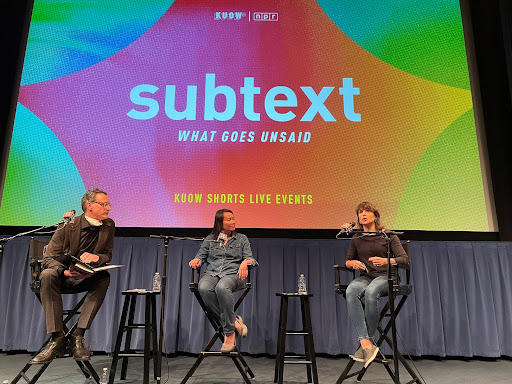
There I was, presenting to a virtual audience of 100 people about my work, something I had talked about dozens of times before. I was excited. It was going to be my biggest audience yet.
Five minutes into my talk, an audience member asked why I was presenting on a topic that wasn’t relevant to the event’s theme. I explained. She pressed. I became defensive. Messages started to flow into the chat, criticizing the relevancy of my topic and flaws they perceived in my work.
An audience member said my presentation was a waste of his time. I worked hard to maintain my composure. I thanked him and acknowledged that my work wasn’t going to be relevant and fit everyone’s needs. I tried to move into the planned activity and get people into breakout rooms. I said I wanted to give people time to process. In reality, I needed a break. Chat messages questioning my motives kept pouring in.
Finally, the session ended. I tried to hold on as long as I could. Then I turned off my camera and cried. I cried out of disappointment, shame, frustration and resentment. And then I asked myself, “What did I learn?”
I don’t regret what happened. If I’d been warned ahead of time about what would happen at that event, I would have still done it. When I share the story, some people try to reason what should have been done to prevent the negative reaction. I have to explain that I’m grateful for the experience.
I learned more in that 75 minute session than I had in the dozens of times prior I presented on the topic. I wouldn’t change a single thing. Pain is a teacher.
Whenever something like this happens, I process the pain by learning from it.
So, I talked about the experience a lot, with my team, with friends, acquaintances, and people I volunteer with. I even talked about it with clients and potential clients.
When I share my pain, others learn too. I learn from their reactions and observations. I want to know their perspective. The learning spreads. And I model what it means to be willing to learn from my mistakes.
Sharing this experience has also resulted in something surprising. Many shared their own related painful, shameful experiences. They implicitly said, “I’m going to let my pain be your teacher too.” They reciprocated. Our trust deepened.
We all have difficult, cringe-worthy, experiences we don’t want to talk about.
What can happen when you share what you learned from the pain?
Others can learn from you, and you can learn from them. I’ve been doing this all my life.
It’s what allowed me to make rapid career changes. I went from being an academic to running a Vietnamese newspaper, to tech marketing, to nonprofit leadership, and then starting my own company last year.
My life has been a series of painful experiences that I rapidly learned from. My parents are an inspiration for me. As Vietnamese refugees, I watched them navigate America in their limited English. They had no choice but to get out and try and they knew that it wouldn’t be perfect, and they did it anyway. Over and over again.
When I was a grad student, I had to learn Vietnamese quickly. I didn’t grow up speaking it, so I had to learn as an adult. Within two years, I was volunteering to present in Vietnamese to Vietnamese researchers. I had a very heavy American accent and I’m sure that there are times when I made many grammatical mistakes. And I did it anyway.
I got my real-life MBA by returning to Seattle and running my family ‘s Vietnamese language newspaper. One of the things I had to learn was how to sell. So, I’d get on these calls with ad agencies, and they would ask me all of these questions and I just had to say, “I don’t know, I don’t know.” I remember after one particularly hard call, I told myself, “You are bad at this now, but you’re going to get really good in two years.” And I did get better.
I decided to leave the best job I ever had in the middle of the pandemic to start my own company called CuriosityBased. With my own team, I’m constantly taking risks to push our own learning. Here are two examples:
Whenever we are about to go into a workshop with new exercises, I remind the team, “Even though we’ve rehearsed this a lot, we’re going to make some mistakes. And when they happen, we just need to roll with it. We will learn.”
When I created my first digital course, we opted for speed over quality. We created a course in two weeks, which usually takes three months to do. Some early testers criticized the video quality as unprofessional. And yet I put it out in the world because I wanted to start the learning process. I wanted to hear thoughts and reactions.
One of the things that I’m most proud of is that I share what I learn with others and in doing so, I model learning in public.
People often ask, “What am I going to achieve?”
I ask, “What am I going to learn?”
Some people are motivated by the impact that they’re going to have on the world. My motivations are much more selfish. I’m motivated by what I’m going to learn and sharing what I learned with others in hopes that they will share with me their perspectives and what they’ve learned. I’m motivated to create a space for people to practice curiosity.
I want to return to the event I described earlier. Here’s some of my lessons:
- I didn’t manage the audience’s expectations.
- I didn’t think enough about what the audience wanted to learn
- I was warned before the talk and brushed off other people’s concerns. I was naïve.
- When confronted with questions about the relevancy of my topic, I got defensive.
- I feared engaging in conflict in front of a live audience, so I retreated to the agenda
All of these mistakes have since made me a much better presenter and facilitator.
It’s not just about getting better and changing; it’s about getting clearer.
I learned to lean into what I do and what I don’t do. From the pain came clarity.
Not only did I learn what I can change, I also learned what I’m not willing to change because it’s core to who I am. There are some things I won’t apologize for.
And remember, pain is a teacher. You don’t have to experience learning alone.
This post was based on my Substack post, Pain is a teacher: Learn from your cringe-worthy experiences, and share your lessons, which was originally posted on July 13, 2022. You can listen to me reading the original essay. Please subscribe.

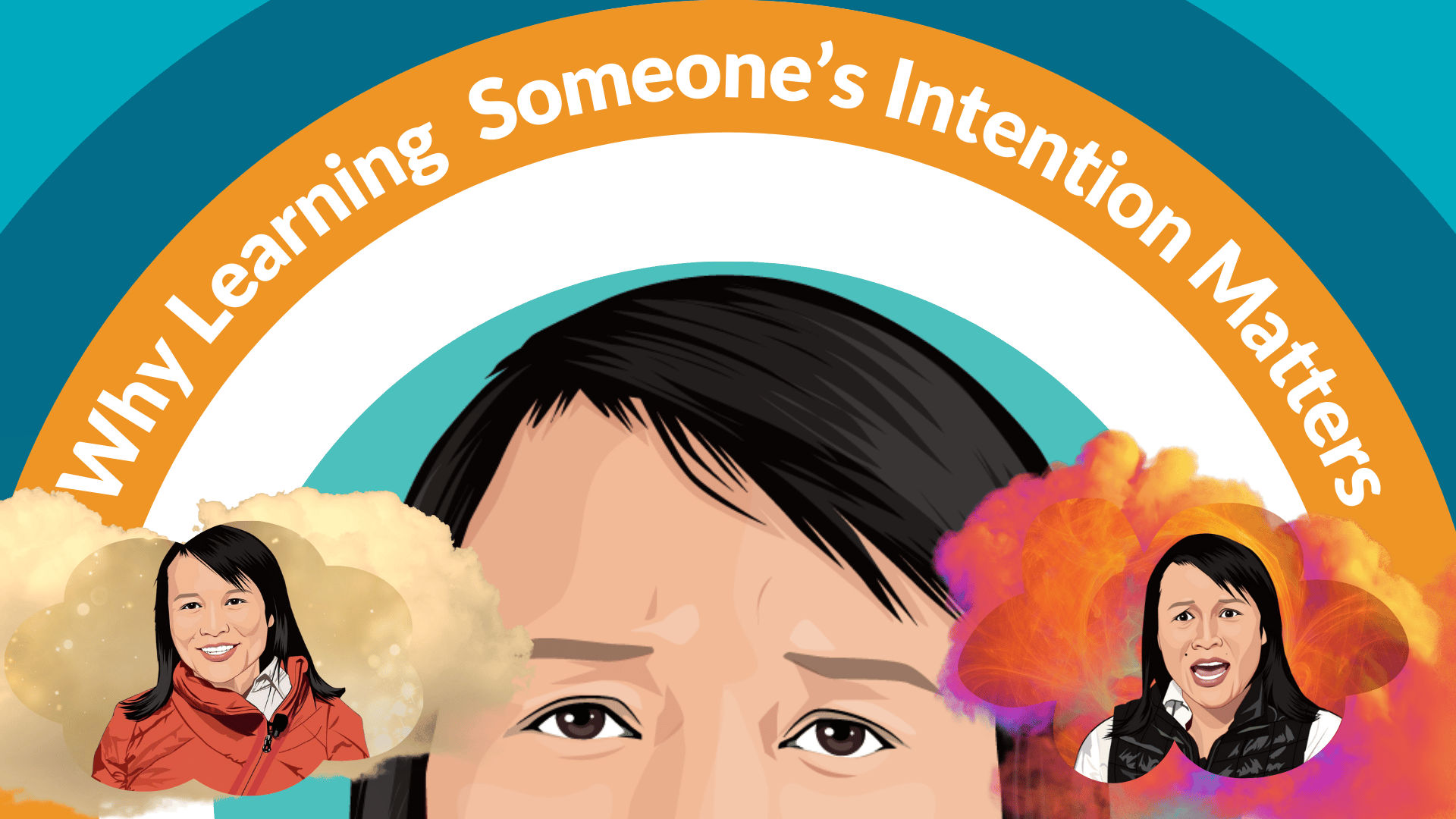
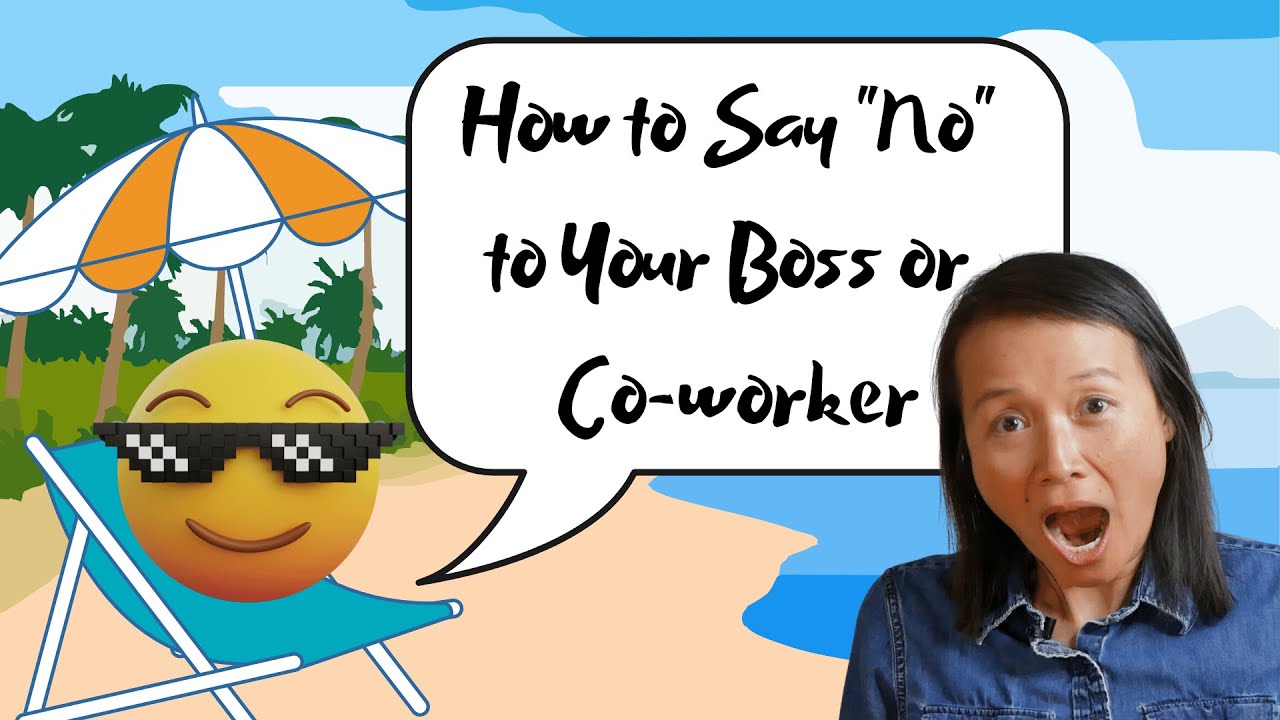
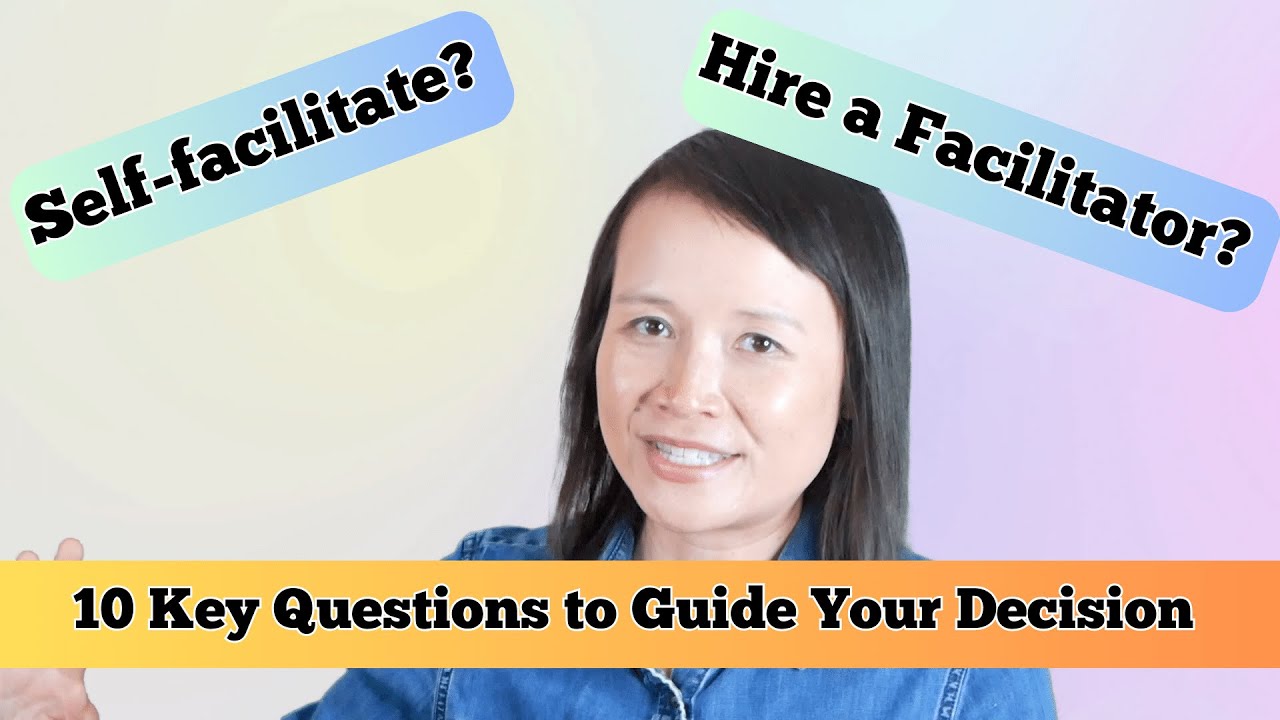


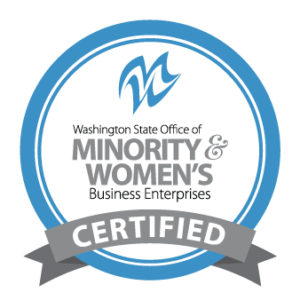
Leave a Reply